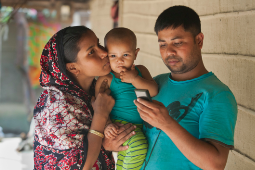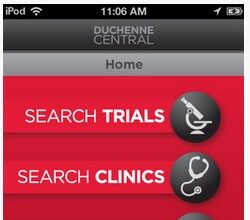For centuries, epidemics from smallpox to polio have afflicted millions of people. Today is no different, with infections such as H1N1 (swine flu) or SARS (severe acute respiratory syndrome) causing major problems in many areas of the world in recent years. But today, with the help of technology, these serious conditions can be easily discovered, identified and responded to much more quickly than they were in the past.
For centuries, epidemics from smallpox to polio have afflicted millions of people. Today is no different, with infections such as H1N1 (swine flu) or SARS (severe acute respiratory syndrome) causing major problems in many areas of the world in recent years. But today, with the help of technology, these serious conditions can be easily discovered, identified and responded to much more quickly than they were in the past. 
By using data from social media, blogs and online chats, and searching trends in real time through the web and mobile phone data, new online reporting technologies such as Healthmap can help monitor and report isolated epidemic cases. They then provide detection intelligence that can be quickly collated and sorted.
Although real-time online reporting systems have been available for a few years in other sectors, this type of data is new to healthcare. These reporting systems are being recognized as valuable tools by governmental and multilateral health bodies, such as the World Health Organization (WHO) and the Centers for Disease Control (CDC). Information can now be processed in a more focused, timely way and ultimately save lives.









